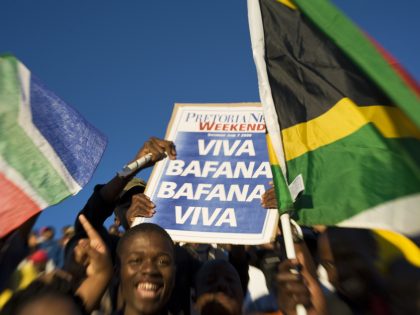Blood on the chair
Platon, the New Yorker staff photographer got many of the world's leaders to sit for portraits. A number of African leaders obliged.

Platon described Rwanda's longtime President, Paul Kagame, as "my favorite picture."
In September this year over five days, Platon, the New Yorker staff photographer got many of the world’s leaders to sit for him while they were here for a meeting of the United Nations. You can check out all the portraits on the New Yorker’s website. Each photograph come with audio commentary by Platon. Here are some of the African leaders.
About Robert Mugabe, the longtime leader of Zimbabwe, Platon says: “… His skin was so stretched. It wasn’t oily, but it looks oily, shiny … made of wax of glass or something … ” As Mugabe walked away, another leader (who remains nameless) refused to sit in the same chair. When asked what’s wrong with the chair, the leader responded: “There’s blood on it.”
Then there’s Jacob Zuma, President of South Africa, who Platon describes as “warm” “look[ing] wicked” and “definitely laughing at me”
Rupiah Banda of Zambia, whose face is “carved in stone”:
And, Raila Odinga, Prime Minister of Kenya, who appeared distracted:
View the rest here.






















